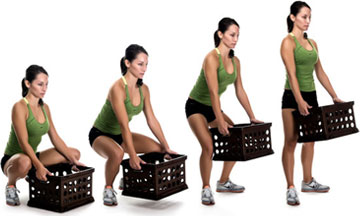0203 397 8891
Open today: 9:00am - 6:00pm

by Dr. Sarah Brewer
A Nutritionist and Doctor
You’re lifting a heavy load, or just twist and stand awkwardly, and Aghhhh! Searing pain shoots through your lower back, and you collapse in agony. Or perhaps you just have an annoying twinge that limits your ability to enjoy life to the full. Most people suffer from back pain at some time during their life. You’re most likely to be affected if your work involves heavy lifting or carrying, or you spend long periods of time sitting in one position, or bending, but almost any day-to-day activity can bring it on – even sex!
Back pain is most commonly due to excessive strain on muscles, ligaments and small joints in the lower, lumbar region of the spine. As well as discomfort from the damaged tissues, surrounding muscles may go into spasm so pain and tenderness spread over a larger area. More severe symptoms occur if the soft, jelly-like centre of an intervertebral disc ruptures through the outer fibrous coating under pressure. This ‘slipped disc’ may press on the root of a spinal nerve to cause muscle weakness, pins and needles, spasm and pain in the back. If the sciatic nerve is irritated, pain shoots down the leg.
Signs that you need to seek urgent medical advice include:
If any of these symptoms occur, tell your doctor straight away. Back pain due to more than a minor injury or fall also needs investigation to rule out a fracture or slipped disc.
Recurrent backache can often be prevented by learning the correct way to lift:

Non-specific back pain is usually treated with simple painkillers such as aspirin, paracetamol and codeine. Applying hot or cold compresses will also help, and if necessary, your doctor can prescribe muscle relaxants to reduce painful spasm. Bed rest is no longer recommended routinely as keeping active has been shown to get you back to normal daily life more quickly - early mobilisation is essential to stop your back seizing up. Manipulation from a chiropractor or osteopath is often the most effective treatment and should be performed as early as possible – preferably within six weeks of the original injury.
Devil's claw has a natural anti-inflammatory pain-killing action and is a popular traditional herbal remedy for low back pain. Do not take if you have peptic ulcers.
Join our mailing list to receive the latest news, offers & £50 off your first holiday.